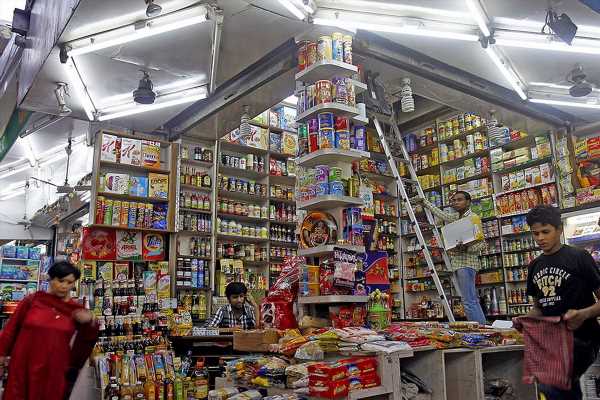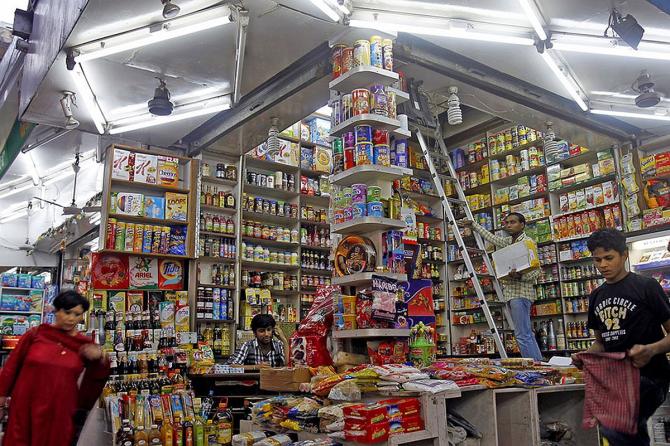Consumer-focused companies have been left with few options but to increase the prices of their products as input costs mount because of various factors, including supply chain disruptions.
This has been affecting monthly household budgets.
Prices of scores of items — from spices to soaps to rice — have increased in the past year.
Consumer-focused companies have come up with a number of solutions to address this problem; they include a reduction in pack sizes, the introduction of bridge packs, and passing on the price increase to the consumer on bigger packs.
There has been a double-digit year-on-year increase in the prices of most spices, with branded coriander costing 16.9 per cent more in June this year than a year ago.
Garam masala, too, is costlier by 15.6 per cent, according to data provided by Bizom, a retail intelligence platform.
Essential food items, too, witnessed their prices going up in the mid-single digits in the past year.
Branded milk is costlier by 5.4 per cent and bread by 12.3 per cent.
Earlier this year, players like Amul and ITC had increased the prices of milk by Rs 2 per litre.
According to an ICICI Securities note, wholesale milk prices have increased 6 per cent YoY across India in July this year.
The brokerage also said the prices of maize, wheat, and soybean are rising, as well, thus leading to higher cattle feed prices.
Hence, it expects dairy farmers to pass on any further inflation in input costs via higher milk prices.
In the essential non-foods space, branded bathing soaps are costlier by 15 per cent YoY.
FMCG companies, such as Hindustan Unilever and Godrej Consumer Products, have resorted to increasing the prices of soaps.
The prices of branded detergent, too, are up 9.7 per cent in the past year; floor cleaners are costlier by 12.3 per cent, according to Bizom’s data.
In the indulgence foods segment, the prices of butter, ghee, and basmati rice are on the rise, too.
The sharpest spike is seen in the price of branded basmati rice, which now costs 32 per cent more than a year ago.
Butter is costlier by 7.7 per cent, while ghee is 5.3 per cent more expensive.
“Basmati rice is also a key export from India.
“This means that there have been better realisations for companies in this space,” Akshay D’Souza, chief of growth and insight at Bizom.
“For other indulgent foods, the price increases are slightly higher than mid-single digits,” he said.
The prices of personal care products have also witnessed an increase over the past year.
The price of shampoo was 8.3 per cent more in June this year than last year, while hair colour became costlier by 7.1 per cent, according to Bizom’s data.
But D’Souza expects an easing of inflationary pressure in the coming months.
“With fuel and cooking oil prices trending lower in India, we see that the pressure on other product prices will ease a little,” he said.
“We can expect to see an increased focus on improving consumption rather than focus solely on price-led growth, as has been the key execution strategy for brands over the last two quarters.”
After announcing its December quarter results, HUL said in its presentation citing Nielsen’s data that volumes started contracting in rural areas from August last year.
Source: Read Full Article


